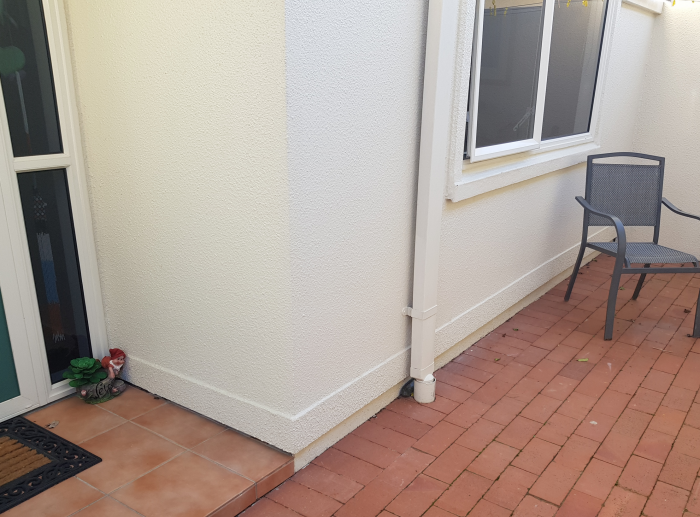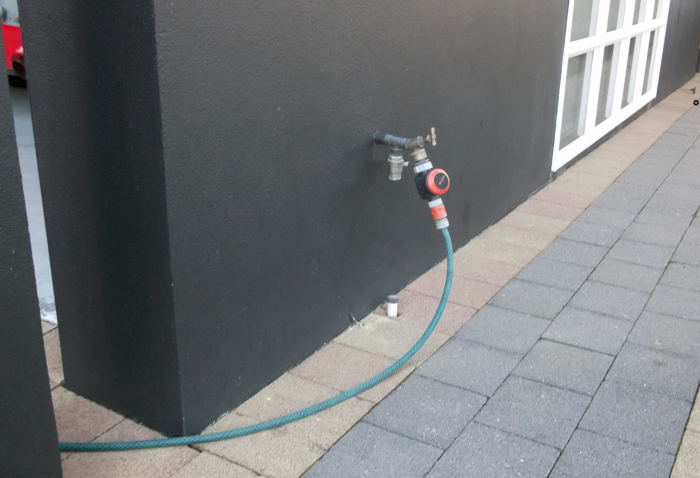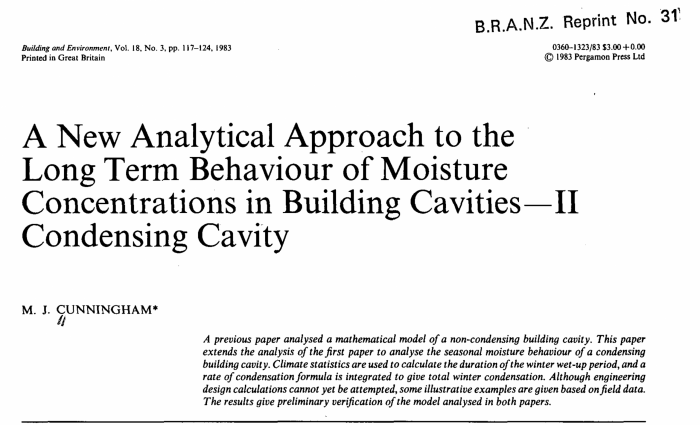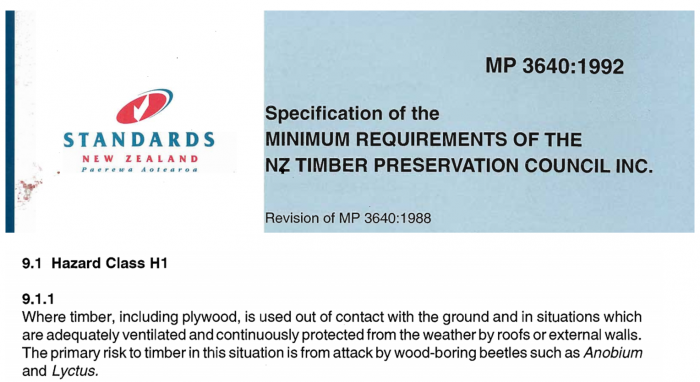Absorbent claddings must have ventilation.
The 1953 standards required adequate ventilation. Adequate means sufficient air circulation to keep framing dry should it get wet.
I found this report by BRANZ presented to 'Building and Environment' in Great Britain in 1983. In summary BRANZ were studying why walls in homes had become damp and moldy since the mandatory insulation legislation in 1978. Government wanted warmer homes so made insulation compulsory. The unintended consequence was the wall insulation blocked off air circulation of drill holes and some cavities. Walls made with absorbent claddings did not dry out and became moldy. But they had well treated timber so at least decay was temporarily held back. BRANZ summary was:
- Cannot under any circumstances enclose framing
- Winter wet up periods were longer than summer drying so some walls got wetter naturally
- Construction moisture could take up to 4.6 years to dry
- The framing at this time was treated to C8 or 0.8%BAE so controlled decay
Why didn’t BRANZ and BIA follow this up and require cavities? I believe this paper was released overseas and not in New Zealand because if homeowners of homes built after compulsory insulation were told they would have massive claims to reclad with a cavity.
What we know from this research is defects at construction will leak, products age and fail and leak, walls get condensation and subject to vapour diffusion. The only way this can be managed is with air circulation ie cavity, and breathing. This makes all Harditex and Stucco claddings defective and not fit for purpose as they have enclosed the framing.
Now you are out of time to claim but at least you can find out how badly affected your home is with invasive testing and whether the option of drying skirts will help.
 logo
logo
 Drying Skirts for plaster homes Folder
Drying Skirts for plaster homes Folder Drying skirt cladding embedded
Drying skirt cladding embedded
 Drying skirt Cunningham BRANZ
Drying skirt Cunningham BRANZ
 Drying skirt MP 3640 adequate ventilation
Drying skirt MP 3640 adequate ventilation